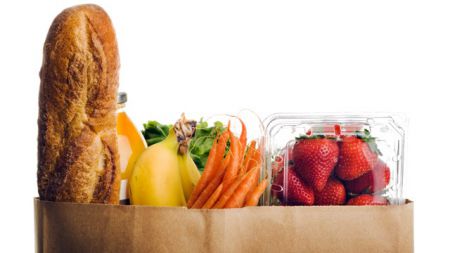(KJIPUKTUK) HALIFAX - A report by Statistics Canada that was released yesterday shows that 11.9 percent of Nova Scotians experienced food insecurity in 2011-2012.
That places Nova Scotia at the top of all of Canada's provinces and well above the national average of 8.3 percent.
Only Nunavut, the Northwest Territories and the Yukon, territories that face unique challenges, were higher.
Households that experienced food insecurity either were not able to get enough and sufficiently healthy food, or actually went without food at times.
They went hungry or were undernourished, to put it plainly.
Children are not exempt from food insecurity, the Stats Canada study shows.
In fact, households with children experienced a higher rate of food insecurity that those without children.
“Other research suggests that adults will often attempt to protect their children from food insecurity by reducing the variety and quantity of their own meals to prevent children from going hungry,” Stats Canada writes.
Poverty activists have long argued that social assistance and other supports provided by the Department of Community Services are insufficient.
That's not just the case in Nova Scotia, the report shows.
Nationally the rate of food insecurity is more than three times higher in low-income households where government benefits are the main source of income.
In that context the report identifies single parents on income assistance as the group most likely to face food insecurity.
A report by FoodARC, a food research centre at Mount Saint Vincent University, covers the same period but focuses on food insecurity in Nova Scotia exclusively.
That report establishes that a typical family of four, relying on income assistance, has only $92.00 per month left to spend on food, once shelter, clothing, and other necessities are taken care of.
A lone man on income assistance receives $620 per month in total. That is almost $700 per month less than he would need to cover the basics, the FoodARC report points out.
There are many methodologies to measure poverty, and how to define poverty itself is also up for discussion.
In this case Stats Canada asked participating families 18 questions related to the food security situation in their household.
The real relevance of the Stats Can report lies in where it places Nova Scotia relative to other provinces.
Number one is not a good place to be.
Follow Robert DeVet on Twitter



